Stuck on how to use one of our products?
Not sure how to clean them?
Find all the useful support information right here.

Thanks for purchasing a Tommee Tippee Manual Breast Pump!
This manual breast pump is the simple and comfortable way to express your breast milk. With a narrow neck and curved handle, it helps to maximise the power of your pumping action while reducing the strain on your hand as you express your breast milk.
This page is here to help you get the most out of your breast pump, and to answer any questions you may have. Keep on reading for product support and troubleshooting advice.
Parts Guide
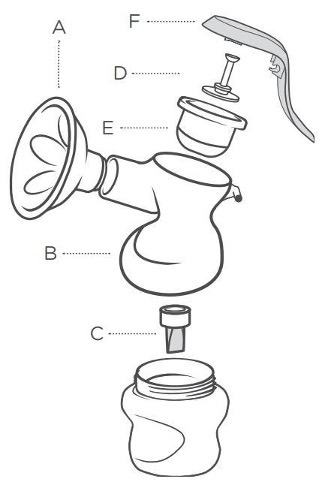
Getting Started
Before you use your pump for the first time and after every use…
How to clean your Manual Breast Pump
Assembling your Manual Breast Pump
Each time you use your breast pump, check all parts of the pump for any damage, and always wash your hands with soap and water and dry thoroughly before handling your breast pump.
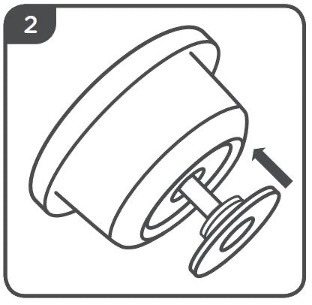
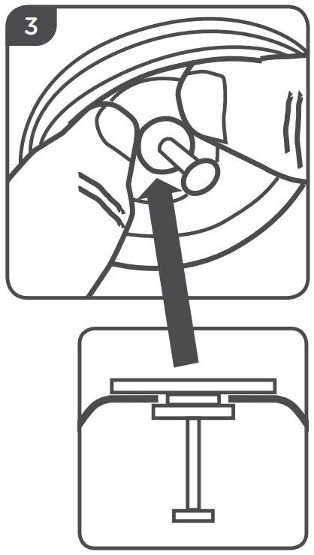
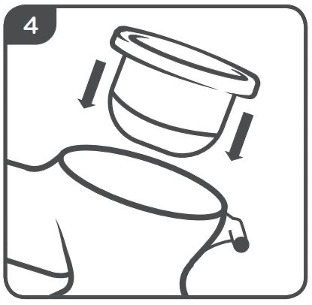
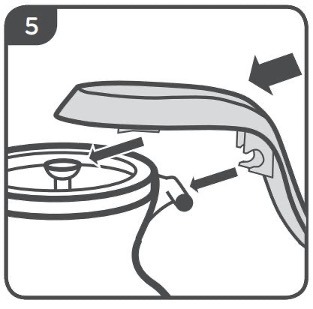
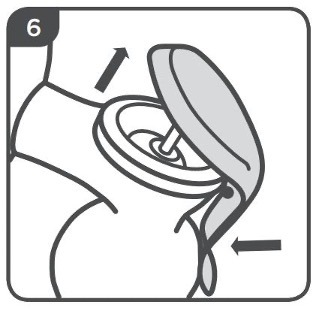

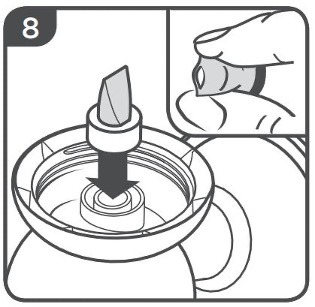
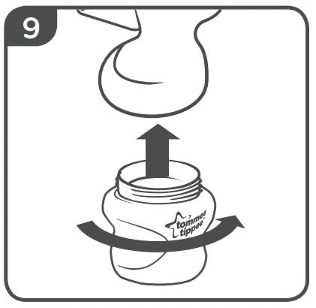
How to use your Manual Breast Pump
The best time to use your breast pump is after the first feed of the day (unless your breastfeeding advisor has told you something different).
Get yourself in a comfortable position, sitting, standing or half-lying. The important thing is to keep the pump handset vertical while you hold it against your breast. You’ll also need a flat surface nearby to put the pump and bottle on when you’re done.
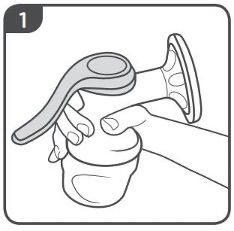
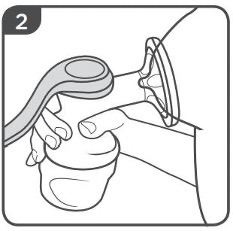
When you want to stop expressing…
Please note…
How to store expressed breast milk
Breast milk can be stored using the following guidelines…
|
Method of Storing Breast Milk |
Use Within |
Remember... |
|
Room temperature <25°C |
6 Hours |
|
|
Refrigerated at 5-10°C |
3 Days |
|
|
Refrigerated at 0-4°C |
6 Days |
|
|
Frozen |
6 Months |
Please note, this table aims to provide a guide to how long you can store breastmilk for a full term baby with no additional health concerns.
Manual Breast Pump FAQs
Help – there’s no or very little suction. What can I do?
It’s most likely that there’s some air getting in somewhere, which means the pump won’t work properly.
Why do I have to use a Tommee Tippee bottle?
The Tommee Tippee® Made for Me manual breast pump is designed to be a perfect fit for Tommee Tippee bottles and pouches (excludes Tommee Tippee Closer to Nature® Glass bottles). You may get leaks and spills if you use other brands of bottles and containers that don’t fit correctly